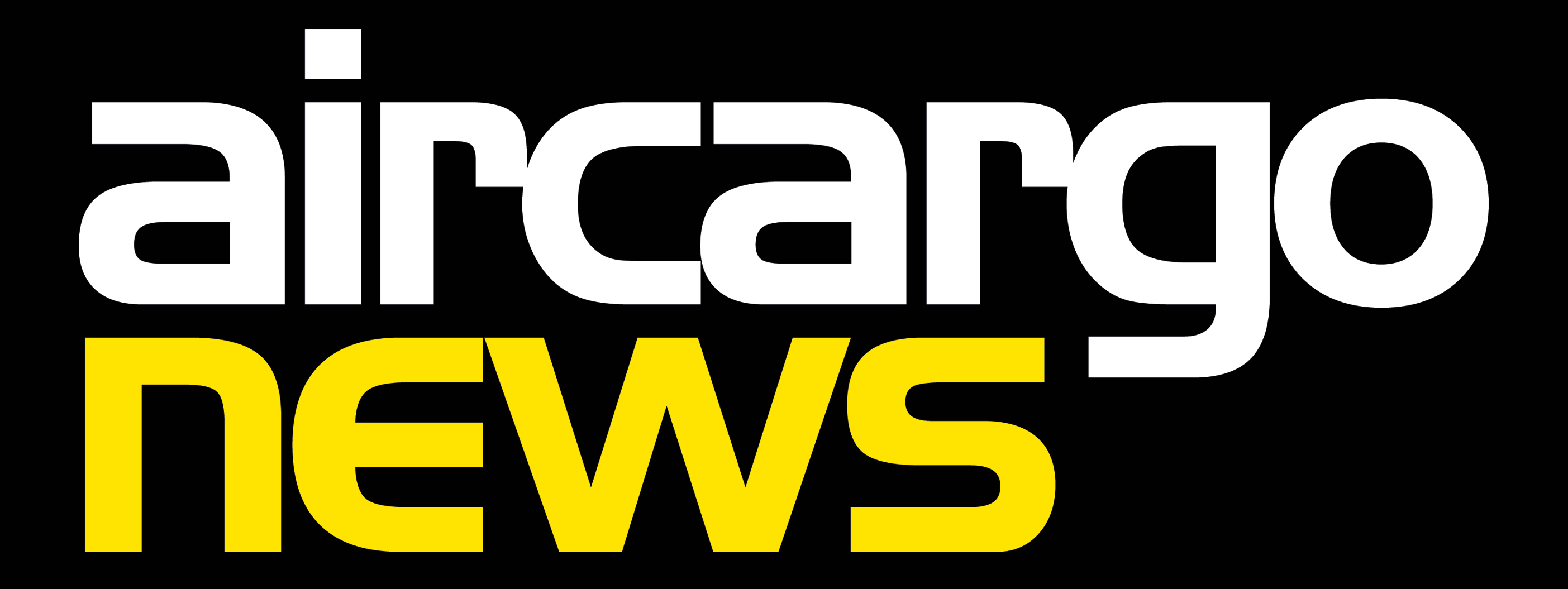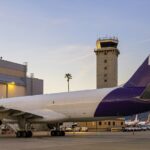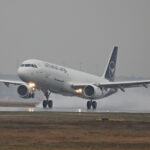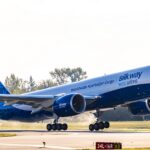Miami Airport hosts e-AWB workshop as part of digitisation drive
04 / 08 / 2016
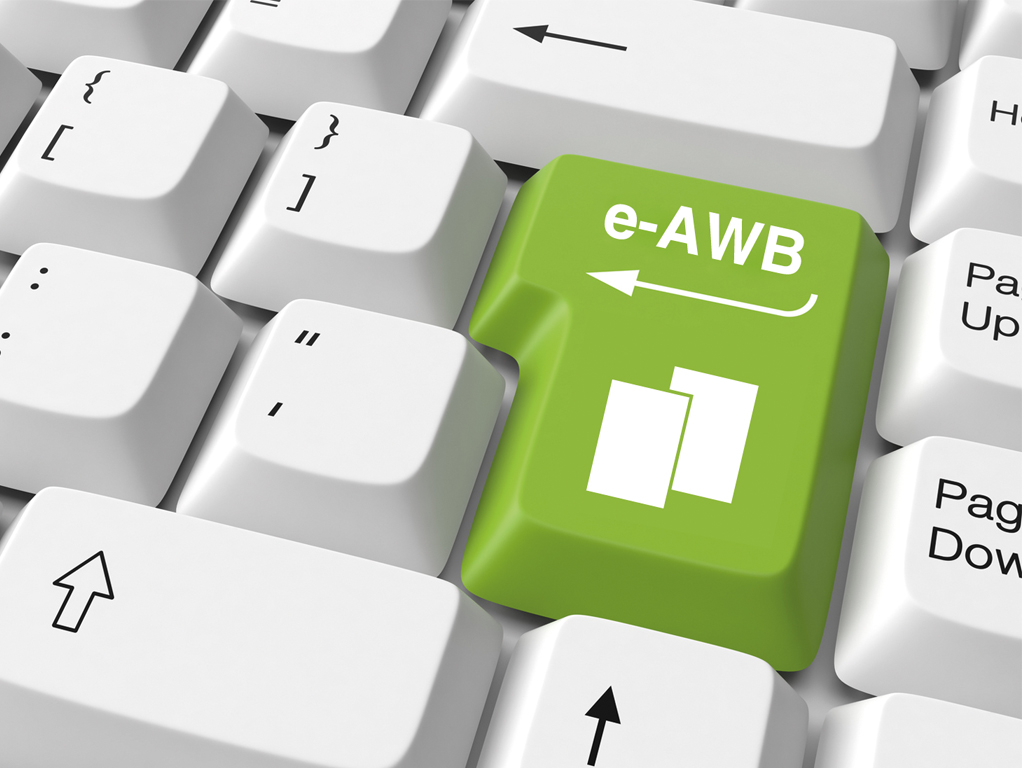
Miami International Airport (MIA) hosted an electronic air waybill (e-AWB) workshop on August 2 for nearly 180 local cargo shippers and airline representatives, to encourage the use of digital processes.
At the workshop, representatives from the Miami-Dade Aviation Department, IATA’s Cargo Network Services, American Airlines, the Florida Customs Brokers and Freight Forwarders Association, the Transportation Security Administration and global supply chain provider Panalpina discussed the benefits of digitizing the air waybill.
The workshop had the goal of "making air cargo logistics at MIA virtually paperless – and keeping America’s top international freight airport on the forefront of new technology".
Last year, MIA became one of the first six US cargo hub airports this year to launch the e-AWB 360 campaign – an effort designed to "eliminate printing costs, replace manual data entry with a vastly more efficient and reliable digital system, and pave the way toward a completely e-freight cargo industry locally".
IATA, the trade association for the world’s airlines that represents 265 airlines or 83% of total air traffic, developed the educational campaign to accelerate the adoption of the e-AWB at the top 50 airports around the world.
MIA is joined by 16 airlines – all of which serve MIA, minus one – that have committed to participating in the e-AWB 360 campaign and are urging their shipping customers to do the same.
“In addition to leading the country in global freight shipments and perishable imports, we want to lead the way in transport innovation as well,” said Miami-Dade Aviation Director Emilio T. González. “Launching the e-AWB campaign is the latest way that we are modernizing our cargo operations and simplifying the process for our business partners.”
MIA is developing a number of additional innovations in its cargo area, including: Pharma.aero, an alliance created by MIA and Brussels Airport in May to grow the global pharmaceutical cargo business through a collaborative network of the world’s top airports; a Foreign Trade Zone magnet site designation, which would allow a variety of manufacturers to lease vacant property at MIA and have their tariffs deferred, reduced or eliminated; and the Cargo Optimization, Redevelopment and Expansion (CORE) Program, a comprehensive concept to modernize MIA’s existing cargo operation and double its capacity.
